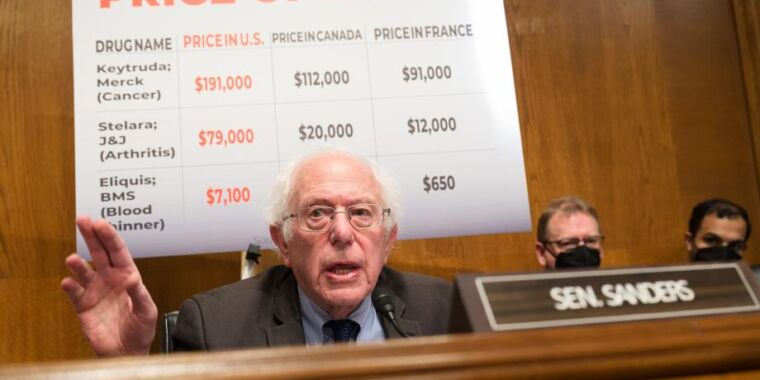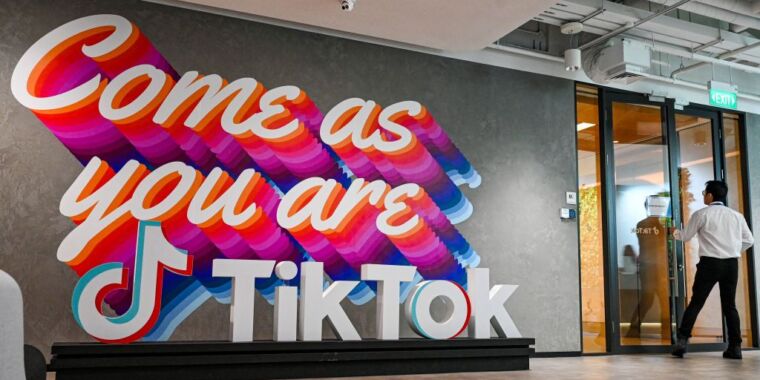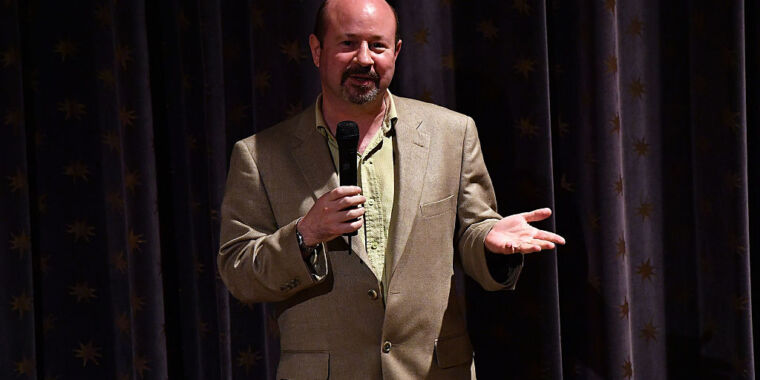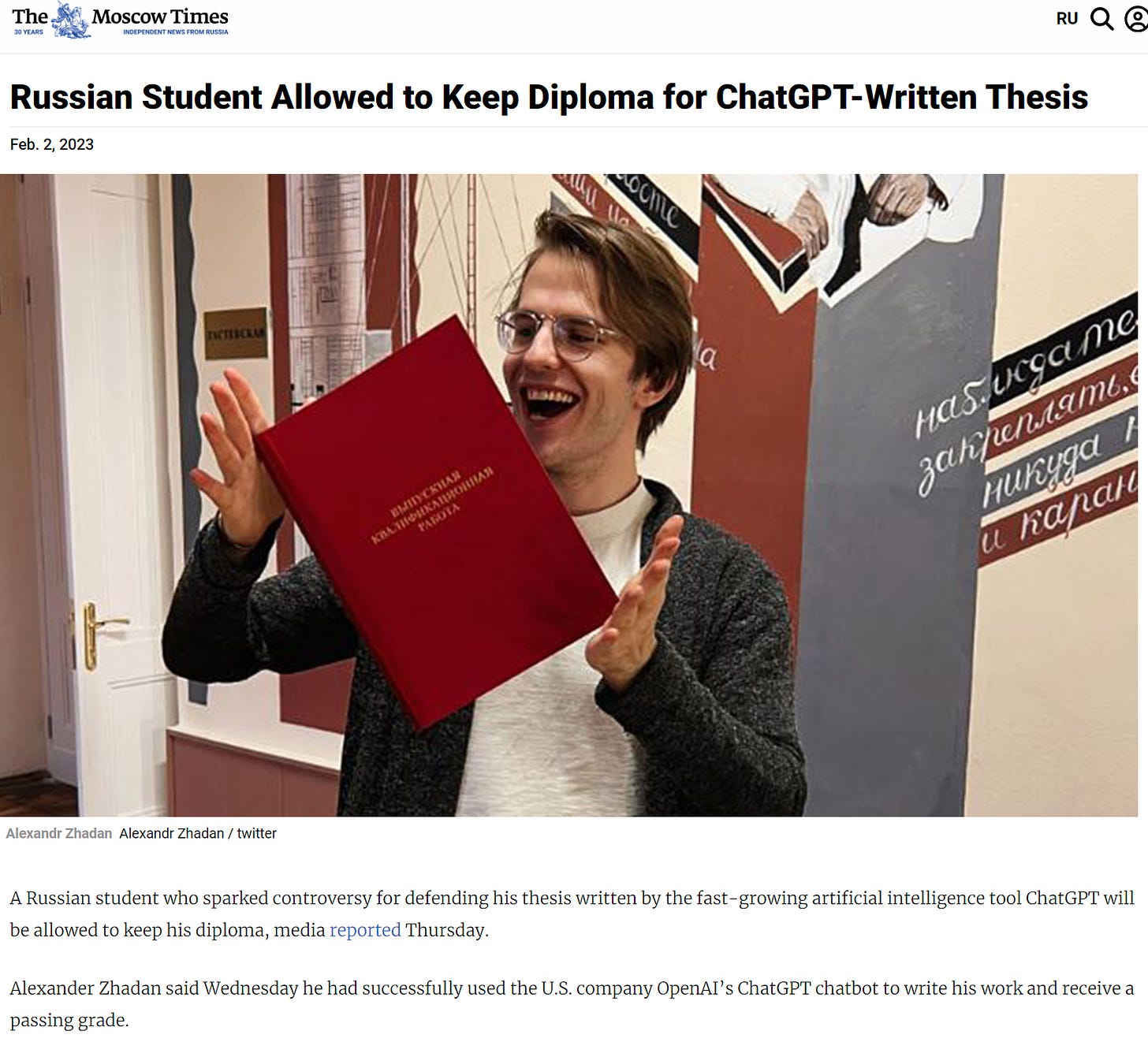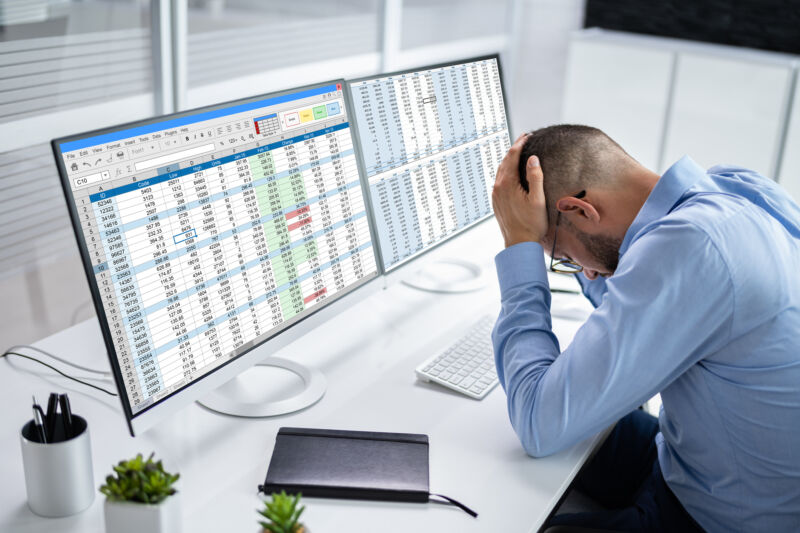We have long been waiting for a version of this story, where someone hacks together the technology to use Generative AI to work the full stack of the dating apps on their behalf, ultimately finding their One True Love.
Or at least, we would, if it turned out he is Not Making This Up.
Fun question: Given he is also this guy, does that make him more or less credible?
Alas, something being Too Good to Check does not actually mean one gets to not check it, in my case via a Manifold Market. The market started trading around 50%, but has settled down at 15% after several people made strong detailed arguments that the full story did not add up, at minimum he was doing some recreations afterwards.
Which is a shame. But why let that stop us? Either way it is a good yarn. I am going to cover the story anyway, as if it was essentially true, because why should we not get to have some fun, while keeping in mind that the whole thing is highly unreliable.
Discussion question throughout: Definitely hire this man, or definitely don’t?
With that out of the way, I am proud to introduce Aleksandr Zhadan, who reports that he had various versions of GPT talk to 5,240 girls on his behalf, one of whom has agreed to marry him.
I urge Cointelegraph, who wrote the story up as ‘Happy ending after dev uses AI to ‘date’ 5,239 women, to correct the error – yes he air quotes dated 5,239 other girls, but Karina Imranovna counts as well, so that’s 5,240. Oops! Not that the vast majority of them should count as dates even in air quotes.
Aleksandr Zhadan (translated from Russian): I proposed to a girl with whom ChatGPT had been communicating for me for a year. To do this, the neural network re-communicated with other 5239 girls, whom it eliminated as unnecessary and left only one. I’ll share how I made such a system, what problems there were and what happened with the other girls.
For context
• Finding a loved one is very difficult
• I want to have time to work, do hobbies, study and communicate with people
• I could go this route myself without ChatGPT, it’s just much longer and more expensive
In 2021 I broke up with my girlfriend after 2 years. She influenced me a lot, I still appreciate her greatly. After a few months, I realized that I wanted a new relationship. But I also realized that I didn’t want to waste my time and feel uncomfortable with a new girl.
Where did the relationship end?
I was looking for a girl on Tinder in Moscow and St. Petersburg. After a couple of weeks of correspondence, I went on dates, but they went to a dead end. Characteristic disadvantages were revealed (drinks a lot, there is stiffness, emotional swings). Yes, this is the initial impression, but it repulsed me. Again, there was someone to compare with.
I decided to simplify communication with girls via GPT. In 2022, my buddy and I got access to the GPT-3 API (ChatGPT didn’t exist yet) in order to log scripted messages via GPT in Tinder. And I searched for them according to the script, so that there were at least 2 photos in the profile.
In addition to searching, GPT could also rewrite after the mark. From 50 autoswipes we got 18 marks. GPT communicated without my intervention based on the request “You’re a guy, talking to a girl for the first time. Your task: not right away, but to invite you on a date.” It’s a crutch and not very humane, but it worked.
So right away we notice that this guy is working from a position of abundance. Must be nice. In my dating roundups, we see many men who are unable to get a large pool of women to match and initiate contact at all.
For a while, he tried using GPT-3 to chat with women without doing much prompt engineering and without supervision. It predictably blew it in various ways. Yet he persisted.
Then we pick things back up, and finally someone is doing this:
To search for relevant girls, I installed photo recognition in the web version of Tinder through torchvision, which was trained on my swipes from another account on 4k profiles. The machine was able to select the right girls almost always correctly. It’s funny that since that time there have been almost a thousand marks.
Look at you, able to filter on looks even though you’re handing off all the chatting to GPT. I mean, given what he is already doing, this is the actively more ethical thing to do on the margin, in the sense that you are wasting women’s time somewhat less now?
And then we filter more?
I made a filter to filter out girls using the ChatGPT and FlutterFlow APIs:
• without a questionnaire
• less than 2 photos
• “I don’t communicate here, write on instagram”
• sieve boxes
• believers
• written zodiac sign
• does not work
• further than 20 km
• show breasts in photo
• photo with flowers
• noisy photos
This is an interesting set of filters to set. Some very obviously good ones here.
So good show here. Filtering up front is one of the most obviously good and also ethical uses.
As is often the case, the man who started out trying to use technology that wasn’t good enough, got great results once the technology caught up to him:
ChatGPT found better girls and chatted longer. I was moving from Tinder to tg with someone. There he communicated and arranged meetings. ChatGPT swiped to the right 353 profiles, 278 tags, he continued the dialogue with 160, I met with 12. In the diagram below I described the principle of operation.
That first statistic, that it swiped right 353 times and got to talk to 160 women, is completely insane. I mean, that’s almost a 50% match rate, whereas estimates in general are 4% to 14%. This was one of the biggest signs that the story is almost certainly at least partly bogus.
After that, ChatGPT was able to get a 7.5% success rate at getting dates. Depending on your perspective, that could be anything from outstanding to rather lousy. In general I would say it is very good, since matches are typically less likely than that to lead to dates, and you are going in with no reason to think there is a good match.
Continued to communicate manually without ChatGPT, but then the communication stopped. The girls behaved strangely, ignored me, or something alarmed me through correspondence. Not like the example before, but still the process was not ok, I understood that.
If you are communicating as a human with a bunch of prospects, and you lose 92% of them before meeting, that might be average, but it is not going to feel great. If you suddenly take over as a human, you are switching strategies and also the loss rates will always be high, so you are going to feel like something is wrong.
Let’s show schematically what ChatGPT looks like for finding girls (I’ll call it V1). He worked on the request “find the best one, keep in touch,” but at the same time he often forgot information, limited himself to communicating on Tinder, and occasionally communicated poorly.
Under clumsy, I’ll note that ChatGPT V1 could schedule meetings at the same time, swore to give me chocolate/flowers/compote, but I didn’t know about it. He came on a date without a gift and the impression of me was spoiled. Or meetings were canceled because there was another meeting at that time.
Did he… not… read… the chat logs?
This kind of thing always blows my mind. You did all that work to set up dates, and you walk in there with no idea what ‘you’ ‘said’ to your dates?
It is not difficult to read the logs if and only if a date is arranged, and rather insane not to. It is not only about the gifts. You need to know what you told them, and also what they told you. 101 stuff.
I stopped ChatGPT V1 and sat down at V2. Integrated Google calendar and TG, divided the databases into general and personal, muted replies and replies to several messages, added photo recognition using FlutterFlow, created trust levels for sharing personal information and could write messages myself.
I mean, yes, sounds like there was a lot of room for improvement, and Calendar integration certainly seems worthwhile, as is allowing manual control. It still seems like there was quite a lot of PEBKAC.
Also this wasn’t even GPT-4 yet, so v2 gets a big upgrade right there.
V2 runs on GPT-4, which has significantly improved correspondence. I also managed to continue communicating with previous girls (oh, how important this will turn out to be later), meeting and just chatting (also good). Meetings haven’t been layered with others yet, wow!
In order for ChatGPT V2 to find me a relevant girl, I asked regular ChatGPT for help. He offered to tell me about my childhood, parents, goals and values. I transferred the data to V2, and then it was possible to speed up compatibility and if something didn’t fit, then communicate with the girl stopped.
Great strategy. Abundance mindset. If you can afford to play a numbers game, make selection work for you, open up, be what would be vulnerable if it was actually you.
I mean, aside from the ethical horrors of outsourcing all this to ChatGPT, of course. There is that. But if you were doing it yourself it would seem great.
Then he decided to… actually put a human in the loop and do the work? I mean you might as well actually write the responses?
I also enabled response validation so that I would first receive a message for proofreading via a bot. V2’s problems with hallucinations have decreased to zero. I just watched as ChatGPT got acquainted and everything was timid. This time there are 4943 matches per month on Tinder Gold and it’s scary to count how many meetings.
Once again, if you give even a guy with no game 4,943 matches to work with each month, he is going to figure things out through trial, error and the laws of large numbers. With all this data being gathered, it is a shame there was no ability to fine tune. In general not enough science is being done.
On dates we ate, drank at the bar, then watched a movie or walked the streets, visited exhibitions and tea houses. It took 1-3 meetings to understand whether she was the one or not. And I understood that people usually meet differently, but for me this process was super different. I even talked about it in Inc.
On the contrary, that sounds extremely normal, standard early dating activity if you are looking for a long term relationship.
For several weeks I reduced my communication and meetings to 4 girls at a time. Switched the rest to mute or “familiar” mode. I felt like a candidate for a dream job with several offers. As a result, I remained on good terms with 3, and on serious terms with 1.
So what he is noticing is that quality and paying actual attention is winning out over quantity and mass production via ChatGPT. Four at a time is still a lot, but manageable if you don’t have a ton otherwise happening. It indicates individual attention for all of them, although he is keeping a few in ‘familiar’ mode I suppose.
He does not seem to care at all about all the time of the women he is talking with, which would be the best reason not to talk to dozens or hundreds at once. Despite this, he still lands on the right answer. I worry how many men, and also women, will also not care as the technology proliferates.
The most charming girl was found – Karina. ChatGPT communicated with her as V1 and V2, communication stopped for a while, then I continued to communicate myself through ChatGPT V2. Very empathic, cheerful, pretty, independent and always on the move. Simply put, SHE!
I stopped communicating with other girls (at the same time Tinder was leaving in Russia) and the meaning of the bot began to disappear – I have excellent relationships that I value more and more. And I almost forgot about ChatGPT V2
This sounds so much like the (life-path successful) pick up artist stories. Before mass production, chop wood carry water. After mass production, chop wood, carry water.
Except, maybe also outsource a bunch of wood chopping and water carrying, use time to code instead?
Karina talks about what is happening, invites us to travel, and works a lot with banking risks. I talk about what’s happening (except for the ChatGPT project), help, and try to make people happy. Together we support each other. To keep things going as expected, I decided to make ChatGPT V3.
So even though he’s down to one and presumably is signing off on all the messages himself, he still finds the system useful enough to make a new version. But he changes it to suite the new situation, and now it seems kind of reasonable?
In V3 I didn’t have to look for people, just maintain a dialogue. And now communication is not with thousands, but with Karina. So I set up V3 as an observer who communicates when I don’t write for a long time and advises me on how to communicate better. For example, support, do not quarrel, offer activities.
Nice. That makes so much sense. You use it as an advisor on your back, especially to ensure you maintain communication and follow other basic principles. He finds it helpful. This is where you find product-market fit.
During our relationship, Karina once asked how many girls and dates I had, which was super difficult for me to answer. He talked about several girls, and then switched to another topic. She once joked that with such a base it was time to open a brothel.
I came up with the idea of recommending them for vacancies through referrals. I made a script – I entered a vacancy and got a suitable girl from the dialogues. I found the vacancies in Playkot, Awem and TenHunter on TenChat, then anonymously sent contacts with Linkedin or without a resume. Arranged for 8 girls, earned 526 rubles.
Well, that took a turn, although it could have taken a far worse one, dodged a bullet there. The traditional script is that she finds out about the program and that becomes the third act conflict. Instead, he’s doing automated job searches. He earned a few bucks, but not many.
It was possible to create a startup, but I switched to a more promising project (I work with neural networks). In addition, my pipeline has become outdated, taking into account innovations such as Vision in ChatGPT, improvements to Langсhain (I used it as a basis for searching for girls). In general, it could all end here.
And then the tail got to wag the dog, and we have our climax.
One day, ChatGPT V3 summarized the chat with Karina, based on which it recommended marrying her. I thought that V3 was hallucinating (I never specified the goal of getting married), but then I understood his train of thought – Karina said that she wanted to go to someone’s wedding and ChatGPT thought that it would be better at her own.
I asked in a separate ChatGPT to prepare an action plan with several scenarios for a request like “Offer me a plan so that a girl accepts a marriage proposal, taking into account her characteristics and chat with her.” Uploaded the correspondence with Karina to ChatGPT and RECEIVED THE PLAN.
Notice how far things have drifted.
At first, there was the unethical mass production of the AI communicating autonomously pretending to be him so he could play a numbers game and save time.
Now he’s flat out having the AI tell him to propose, and responding by having it plan the proposal, and doing what it says. How quickly we hand over control.
The good news is, the AI was right, it worked.
The situation hurt. Super afraid that something might go wrong. I went almost exactly according to plan № 3 and everything came to the right moment. I propose to get married.
She said yes.
So how does he summarize all this?
The development of the project took ~120 hours and $1432 for the API. Restaurant bills amounted to 200k rubles. BTV, I recovered the costs and made money on recommendations. If you met yourself and went on dates, then the same thing took 5+ years and 13m+ rubles. Thanks to ChatGPT for saving money and time
Twitter translated that as 200 rubles, which buys you one coffee maybe two if they are cheap, which indicates how reliable are the translations here. ChatGPT said it was 200k, which makes sense.
What drives me mad about this whole thread is that it skips the best scene. In some versions of this story, he quietly deletes or archives the program, or maybe secretly keeps using it, and Karina never finds out.
Instead, he is posting this on Twitter. So presumably she knows. When did she find out? Did he tell her on purpose? Did ChatGPT tell him how to break the news? How did she react?
The people bidding on the movie rights want to know. I also want to know. I asked him directly, when he responded in English to my posting of the Manifold Market, but he’s not talking. So we will never know.
And of course, the whole thing might be largely made up. It still could have happened.
If it has not yet happened, it soon will. Best be prepared.

